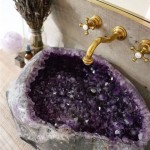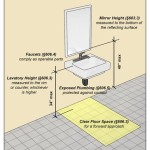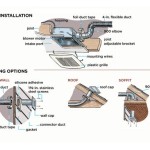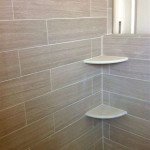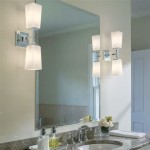How to Banish Dampness from Your Bathroom
Persistent dampness in your bathroom can be a major headache. It can cause mold growth, damage your walls and fixtures, and create an unpleasant musty smell. But don't despair! With a few simple steps, you can effectively combat dampness and restore your bathroom to its former glory.
Here's a comprehensive guide to eliminating dampness in your bathroom:
1. Identify the Source of Moisture
To effectively address the problem, it's crucial to pinpoint the source of the moisture. Common culprits include:
- Inadequate ventilation
- Leaks in plumbing or roofing
- Condensation from showers and baths
- Rising damp from the ground
2. Improve Ventilation
Proper ventilation is key to removing excess moisture from the air. Ensure your bathroom has an exhaust fan that runs during and after showers to extract steam and humidity.
3. Fix Leaks Promptly
Any plumbing or roofing leaks must be repaired immediately to prevent water from seeping into the walls or floors. Check faucets, pipes, and the roof for any signs of water damage.
4. Reduce Condensation
Condensation occurs when warm, humid air meets a cold surface. To minimize condensation, keep the bathroom well-heated, especially during winter. You can also use a squeegee to wipe down shower walls and windows after use.
5. Control Rising Damp
Rising damp, caused by moisture wicking up from the ground, can be challenging to tackle. Consider installing a damp-proof membrane on the affected walls or using a dehumidifier to extract excess moisture from the air.
6. Use Moisture-Absorbing Materials
Silica gel packets or activated charcoal can help absorb excess moisture in the air. Place these materials in small containers around the bathroom to soak up humidity.
7. Remove Mold and Mildew
If dampness has already resulted in mold or mildew growth, it's essential to clean it promptly. Use a mold-killing solution or bleach to disinfect the affected areas. Thoroughly ventilate the bathroom during and after cleaning.
8. Seal Gaps and Cracks
Inspect your bathroom for any gaps or cracks around windows, doors, or fixtures. Seal these openings with caulk or expanding foam to prevent moisture from seeping in.
9. Use a Dehumidifier
In particularly damp environments, using a dehumidifier can be an effective solution. A dehumidifier draws moisture from the air, reducing the overall humidity levels in your bathroom.
10. Keep Surfaces Dry
To prevent water from accumulating and causing dampness, wipe down surfaces like sinks, counters, and shower doors after each use. Encourage family members to do the same.
By following these steps, you can effectively tackle dampness in your bathroom and create a healthier, more pleasant space. Remember to address the underlying causes, maintain proper ventilation, and keep surfaces dry to prevent dampness from recurring.

How To Stop Damp In Bathroom Expert Guide From Timberwise

How To Get Rid Of Bathroom Mould Big

How Do You Get Rid Of Mould On Bathroom Walls Igloo Surfaces

Bathroom Diy How To Remove Mould

Cleaning Mrs Hinch Fans Share Tips To Remove Ceiling Mould Express Co

The Top 4 Causes Of Bathroom Mould How To Get Rid It

Kill Bathroom Mould Without Bleach Electrodry Blogs

Black Mould How To Clean And Get Rid Of It Worked So Well Express Co

A Guide To Preventing Mould On Your Bathroom Ceiling Igloo Surfaces

How To Remove Mould From Your Bathroom Ceiling Cleanipedia Za


